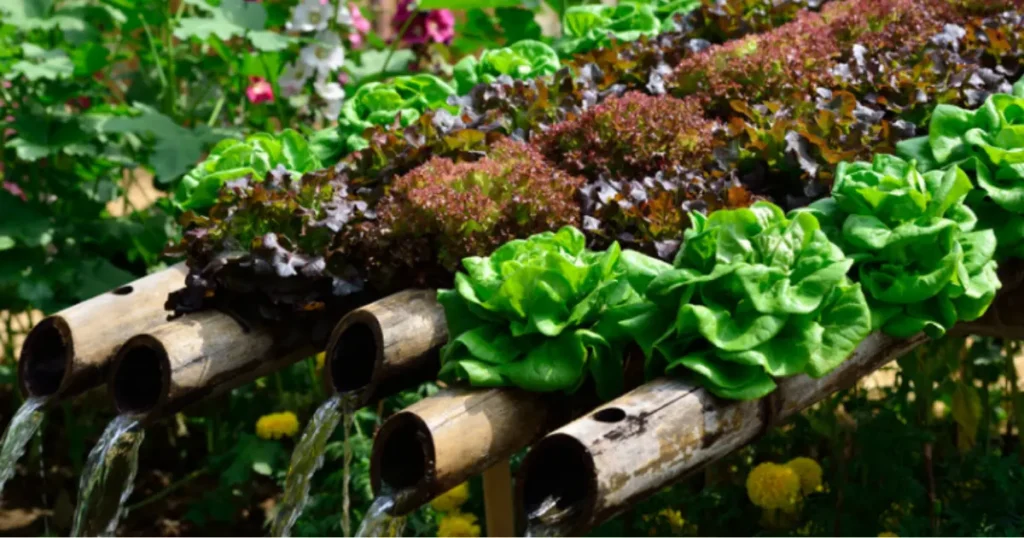DIY Hydroponic System: 5 Powerful Ways to Set Up for Thriving Plants
Table of Contents
ToggleIntroduction
If you’ve ever dreamed of growing fresh, pesticide-free vegetables and herbs at home, setting up a DIY hydroponic system is a fantastic solution. Hydroponics allows plants to grow without soil, using nutrient-rich water to provide all the essential elements needed for optimal growth. Whether you’re a gardening enthusiast or a beginner, this guide will walk you through five powerful methods to build your own hydroponic setup at home.
1. The Kratky Method: Simplest Passive Hydroponics
The Kratky method is one of the easiest ways to set up a DIY hydroponic system without electricity or pumps. It’s a passive system where plants grow in containers filled with nutrient-rich water. As the water level decreases, roots naturally absorb oxygen from the air.
Steps to Set Up:
- Take a container or a bucket and fill it with water mixed with hydroponic nutrients.
- Cut holes in a floating Styrofoam sheet and place net cups with seedlings in them.
- Ensure the plant roots are submerged but have access to airspace.
Pros:
- No need for electricity or air pumps.
- Perfect for beginners and small-scale growers.
Best Plants to Grow:
- Lettuce
- Spinach
- Herbs like basil and cilantro
2. Deep Water Culture (DWC): Oxygen-Rich Growth
The Deep Water Culture (DWC) method involves suspending plant roots directly in an oxygenated nutrient solution. An air pump provides oxygen, ensuring faster and healthier plant growth.
Steps to Set Up:
- Use a plastic container or tote with a lid.
- Cut holes in the lid and place net cups with seedlings.
- Add an air stone and connect it to an air pump for oxygenation.
- Fill the reservoir with a nutrient solution and adjust the pH level.
Pros:
- Delivers rapid growth due to high oxygen levels.
- Minimal maintenance required after setup.
Best Plants to Grow:
- Leafy greens (lettuce, kale, chard)
- Strawberries
- Tomatoes
3. Nutrient Film Technique (NFT): Continuous Nutrient Flow
The Nutrient Film Technique (NFT) is an active DIY hydroponic system that continuously flows nutrient-rich water over plant roots, ensuring they receive nutrients and oxygen efficiently.
Steps to Set Up:
- Use PVC pipes or a channel with small holes for plant cups.
- Position the pipes at a slight slope for water movement.
- Connect a water pump to circulate the nutrient solution.
- Install a reservoir tank to hold the solution and a return pipe to maintain flow.
Pros:
- Ideal for commercial and home setups.
- Uses water efficiently and reduces waste.
Best Plants to Grow:
- Leafy greens
- Strawberries
- Small-rooted herbs
4. Ebb and Flow (Flood and Drain) System: Efficient Watering
The Ebb and Flow system works by periodically flooding plant roots with nutrient-rich water before draining it back into a reservoir. This method ensures plants receive water, oxygen, and nutrients at optimal intervals.
Steps to Set Up:
- Use a grow tray and fill it with a growing medium like clay pellets.
- Place plants in net pots inside the tray.
- Install a water pump connected to a timer for controlled flooding cycles.
- Drain excess water back to the reservoir.
Pros:
- Provides better aeration compared to static systems.
- Works well for various plant types, including larger crops.
Best Plants to Grow:
- Peppers
- Cucumbers
- Herbs like oregano and thyme
5. Aeroponics: The Advanced High-Yield System
Aeroponics is one of the most advanced DIY hydroponic systems, where plant roots are suspended in the air and misted with a nutrient solution at regular intervals. This method maximizes oxygen availability, leading to faster growth rates.
Steps to Set Up:
- Use a closed chamber or container to suspend plants.
- Install misting nozzles connected to a nutrient pump.
- Set a timer to spray the roots with the solution at regular intervals.
- Ensure proper aeration to prevent root drying.
Pros:
- Produces higher yields with less water.
- Allows plants to absorb nutrients more efficiently.
Best Plants to Grow:
- Lettuce
- Herbs
- Strawberries
Conclusion
Creating a DIY hydroponic system at home is an excellent way to enjoy fresh, healthy produce all year round. Whether you prefer a simple Kratky method or a high-tech aeroponic setup, hydroponics allows you to grow plants efficiently while conserving water and space. Start with the method that best suits your needs and scale up as you gain experience. Happy hydroponic gardening!
-
Bacteria: The Remarkable Role of Microbes for Growing Plants in Hydroponics
-
Hydroponics: The Rookie Mistakes of Growing Plants
-
Chlorine: The Incredible Key to Thriving Hydroponic Plants
-
Molybdenum: Astonishing Importance for Hydroponic Plant Growth
-
Boron: The Astonishing Importance for Plants Growing in Hydroponics
-
Copper: A Powerful Element for Hydroponic Plant Growth
-
Zinc: The Powerful Secret to Hydroponic Plant Growth
-
Manganese: Essential role for Hydroponic Plant Growth
-
Iron: The Crucial Role of Iron in Hydroponic Plant Growth
-
Sulfur: The Vital Key to Thriving Hydroponic Plant Growth
-
Magnesium: The Crucial Role for Thriving Hydroponic Plants
-
Calcium: The Critical Importance for Thriving Hydroponic Plants
Frequently Asked Questions (FAQs)
Q1. What is the best hydroponic system for beginners?
Q2. What nutrients are needed for a DIY hydroponic system?
Q3. How often should I change the nutrient solution?
Q4. Can I grow hydroponic plants indoors?
Q5. Is hydroponics more efficient than soil gardening?
- All Posts
- Hydroponics
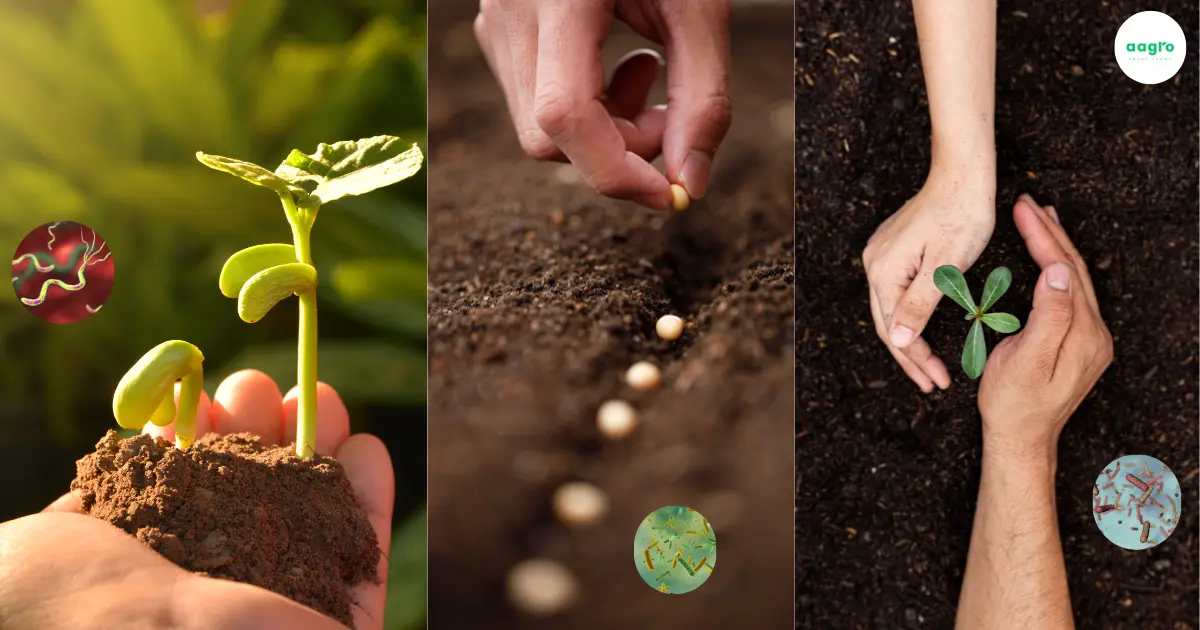
Bacteria in Hydroponics: Discover how beneficial bacteria boost plant growth, nutrient uptake, and disease resistance in soilless systems.
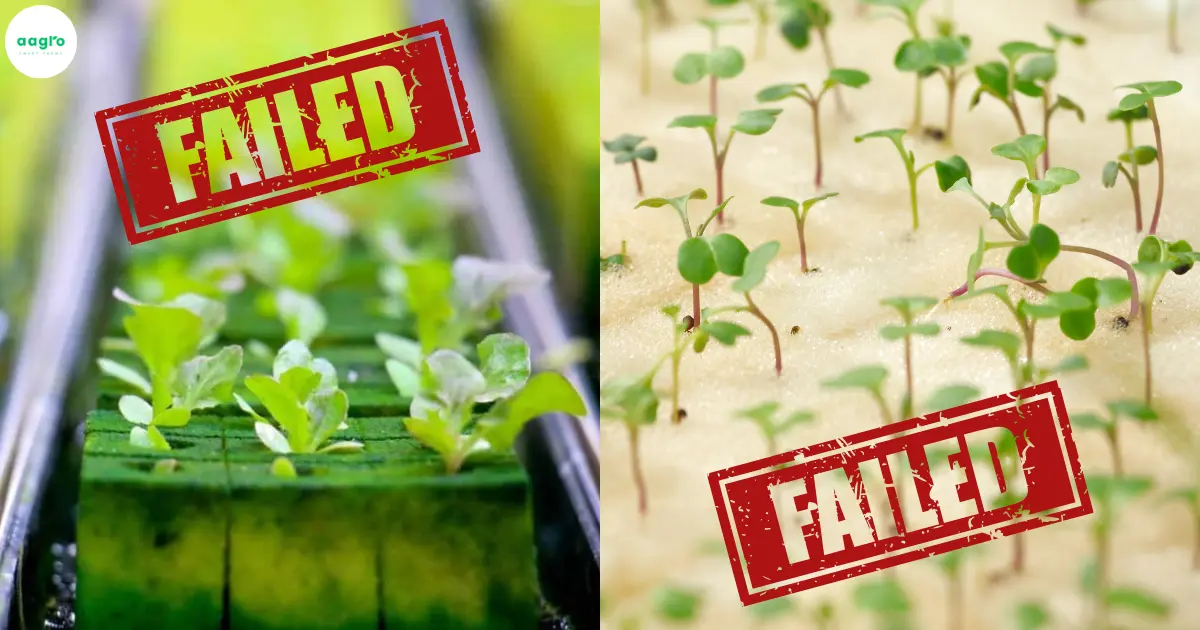
Discover the most common rookie mistakes in hydroponics and learn how to avoid them for thriving, high-yield plants.

Discover the crucial role of Chlorine in hydroponics and learn how to optimize levels for thriving, disease-resistant plants!
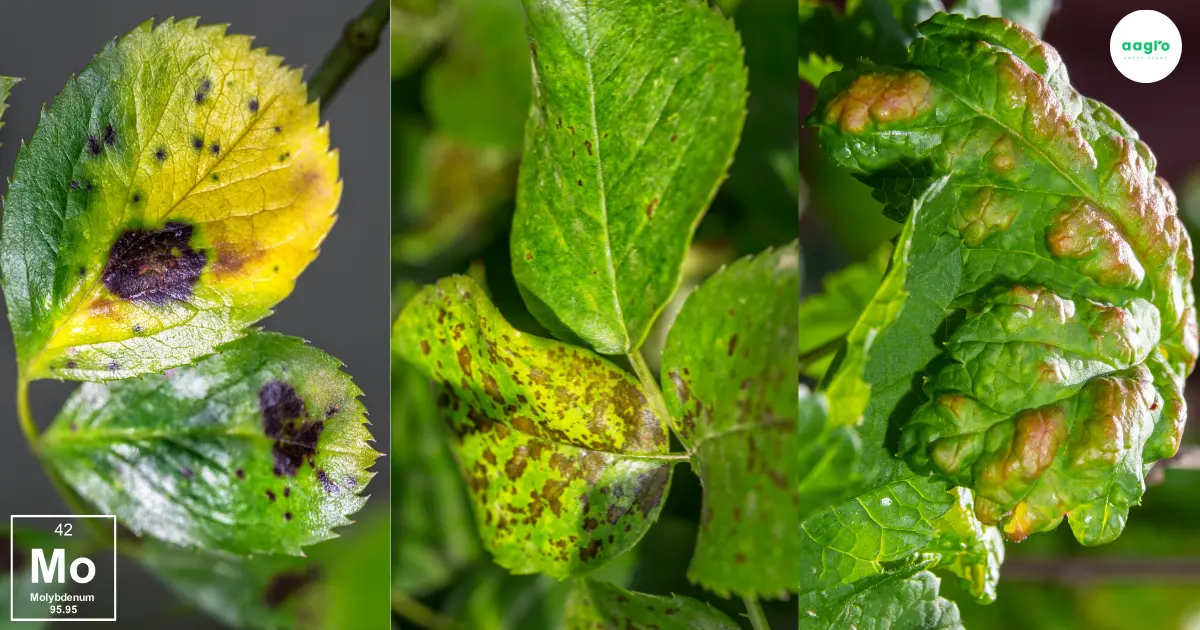
Unlock the secret to thriving hydroponic plants with molybdenum! Discover its vital role in growth, flowering, and stress tolerance.

Discover the vital role of Boron in hydroponic plant growth. Learn how to manage Boron levels for healthier, high-yield crops.
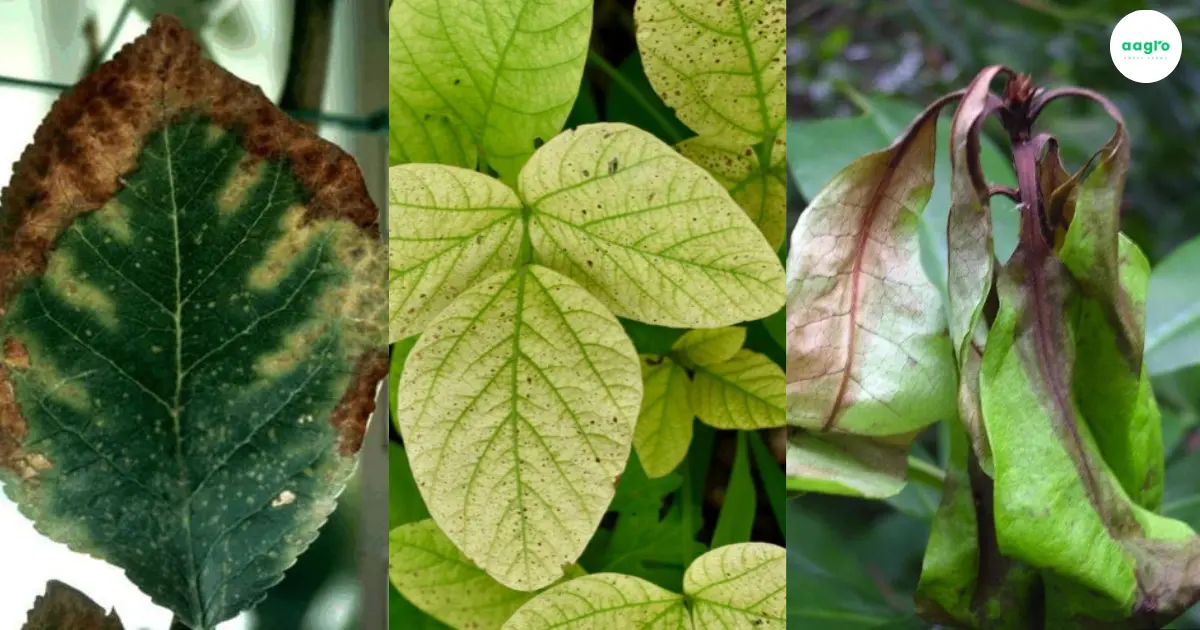
Copper is vital for hydroponic plant growth, enhancing photosynthesis, enzyme activation, and disease resistance for healthier, thriving crops.
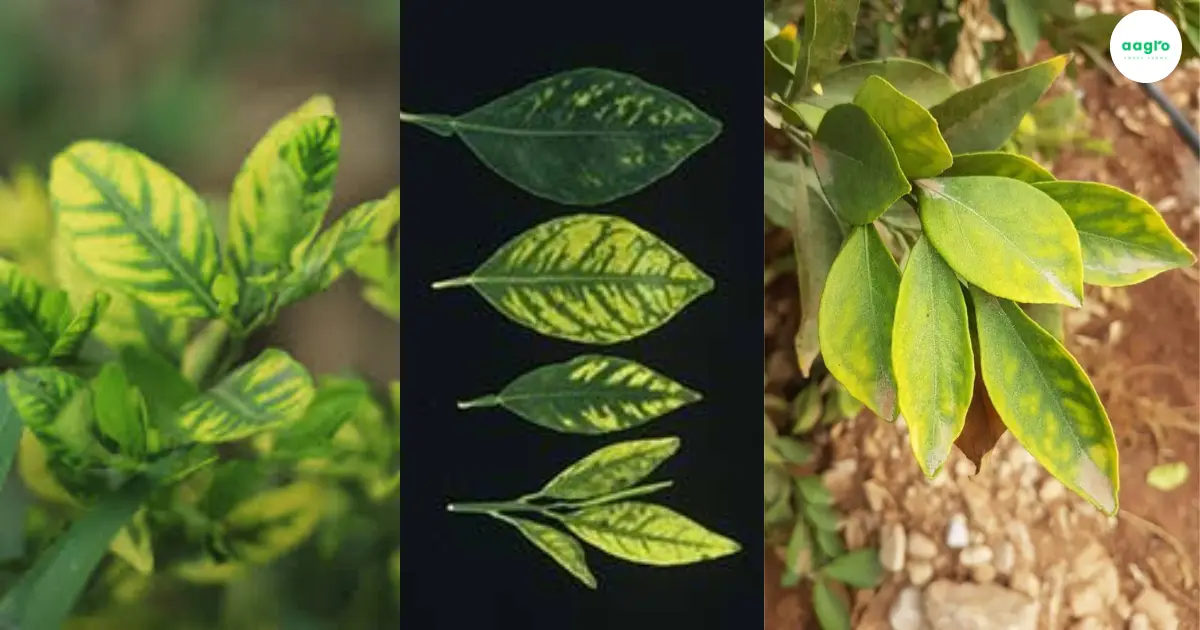
Zinc is essential for hydroponic plant growth, aiding enzyme activation, nutrient absorption, and disease resistance for healthy yields.
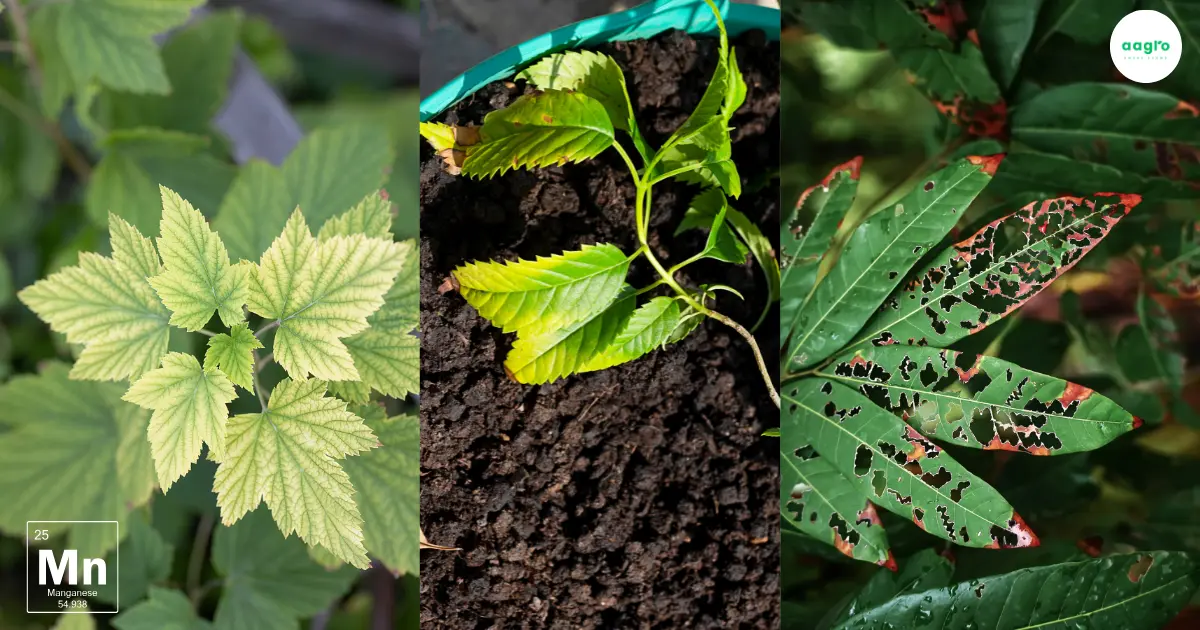
Discover the crucial role of manganese in hydroponics, from boosting photosynthesis to preventing deficiencies and optimizing plant health.

Iron is essential for hydroponic plant growth, aiding photosynthesis, enzyme activation, and nutrient absorption for healthier, higher yields.

